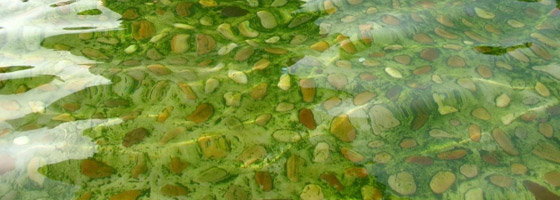Sub-Bottom Profiling: Chirp Technology

In response to the industry’s requirement of a high-resolution, extended range/penetration profiling device, Datasonics (now a part of Benthos), developed Chirp technology for use in side-scan sonar and sub-bottom profiling applications. Datasonics was in conjunction with the Office of Naval Research, University of Rhode Island, and the United States Geological Survey in the development of this system. Although conventional systems have delivered reasonable penetration and resolution, the ability to improve this technology to provide required levels of increased resolution and range has been severely limited. In addition, sediment classification and other quantitative measurements demanded a calibrated energy source. Now, with the advent of digital signal processing, these requirements are attainable through the implementation of Chirp Technology.
The Datasonics CAP-6600 Chirp II Sub-Bottom Profiling System by Benthos utilizes advanced Chirp technology to acquire, display, and record high-resolution profiles of both the near-bottom and deeper sub-bottom layers. This highly versatile system can be used in any number of configurations for shallow to deep-water operation. Sound energy transmitted to the bottom reflects off the boundaries between layers of different densities. The first boundary is between the water and the bottom itself. As layers of clay, sand, and various other sediments succeed each other, they create interfaces that reflect sound. It is the energy reflected from these boundaries that the system uses to build the image.
The CAP-6600 digitally synthesizes and transmits a linearly swept, frequency-modulated Chirp pulse with resolution inversely proportional to the transmitted bandwidth. This process ensures high-resolution images of the bottom and sub-bottom layers. The Chirp output is a long FM pulse, which provides an additional 20 to 30 dB signal-to-noise ratio improvement over conventional sub-bottom profiling systems. This, combined with the matched filter correlation, results in significantly increased resolution and penetration. The signal processing substantially reduces transducer ringing and side lobes, which is imperative for shallow water operation.
In addition to the sub-bottom profiling configurations, the Chirp II shares a common processor/workstation with Datasonics SIS-1500 Chirp Side Scan Sonar System. With the addition of the operating software, ChirpLink multiplexer, and side scan tow vehicle, the Chirp II can be utilized as a side scan sonar system. This flexibility significantly increases the utilization and effectiveness of this system.
Applications include:
- Geophysical, bathymetric, and archaeological surveys
- Remote bottom sediment classification
- Pipeline location and buried depth measurement
- Cable routing
- Foundation studies
- Bridge work




0 comments